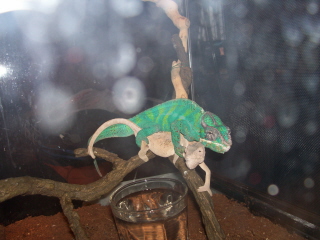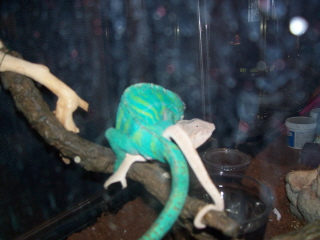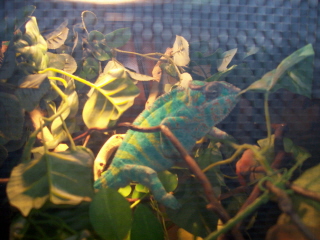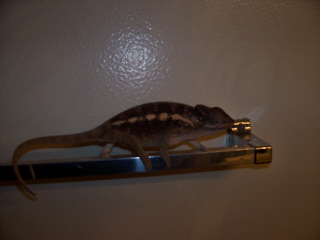HBSOLID
New Member
I took the advice of a few members on this board, and I came out with a successful out come, but I was only able to breed them once which lasted for a hour and 30 mins. MY male Panther is a Ambanja and My female is a WC so i don't no what the colors might be





